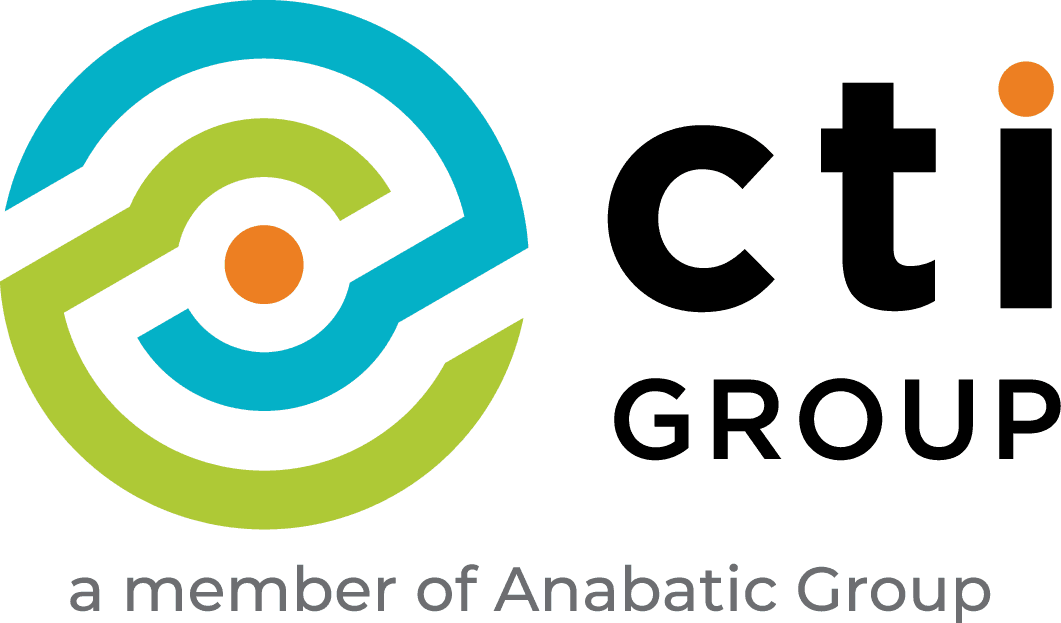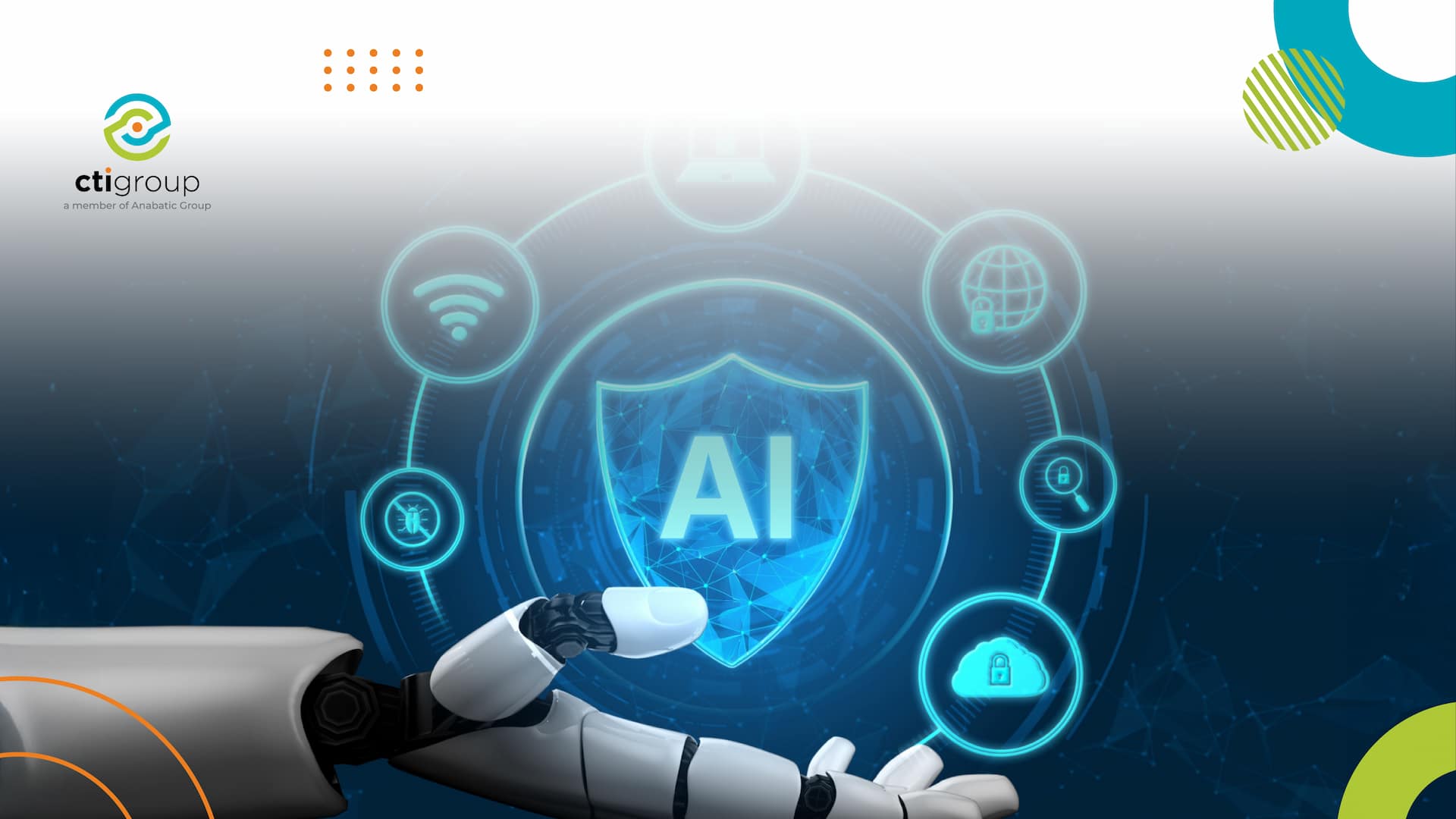Let’s be honest—even if the smartest AI is only as good as the data it’s built on. If that data isn’t clean, well-managed, and properly protected, the results can be misleading at best — and risky at worst.
According to Gartner, by 2026 nearly 60% of AI projects will fall short because the data behind them simply isn’t “AI-ready.” That’s a huge problem for organizations investing heavily in intelligent systems that are supposed to make smarter decisions, not questionable ones.
The answer lies in AI Security Posture Management (AI-SPM)—a proactive approach to safeguarding both the accuracy and integrity of your AI. Rather than treating security as an afterthought, AI-SPM builds protection into every stage of the AI lifecycle.
Definition and Role of AI-SPM
AI Security Posture Management (AI-SPM) is a comprehensive approach to ensuring the security, integrity, and compliance of artificial intelligence (AI) and machine learning (ML) systems. It continuously monitors, assesses, and improves every layer of the AI ecosystem—from data collection and training models to infrastructure and production environments.
The main objective is to detect and prevent security threats such as data leaks, model tampering, or configuration errors that could compromise the accuracy and reliability of AI outputs. With AI-SPM, companies can ensure that their AI systems operate securely, adhere to regulatory standards, and deliver trustworthy results.
Why Businesses Need AI-SPM


(alt text image: importance of AI SPM for business)
As more companies integrate AI into their business processes — from data analytics to automated decision-making—new risks inevitably emerge. Some of the key threats include:
- Data Poisoning: Insertion of falsified data into the training process, leading to biased or inaccurate model outputs.
- Adversarial Attacks: Manipulated inputs that trick the AI into misclassification or incorrect predictions.
- Model Stealing: Unauthorized replication or extraction of AI models through exposed APIs or output analysis.
- Sensitive Data Leakage: Accidental exposure of confidential or customer data used during model training.
AI-SPM acts as a strategic safeguard against these risks. It provides continuous visibility, risk assessment, and protection across the AI lifecycle—from design and development to deployment and operation.
Core Features and Advantages of AI-SPM
AI-SPM solutions are built to provide end-to-end protection for AI systems throughout their lifecycle—from data collection to production environments. Below are the core features that make AI-SPM the foundation of modern AI security:
AI Inventory Management
AI-SPM helps businesses build a complete inventory of all AI models across departments and cloud environments. This visibility allows teams to detect shadow AI—unsanctioned models operating without proper oversight—and ensure all models comply with security governance.
AI Security Posture Assessment Sample Reports
Functioning like a security audit, this feature evaluates risks, vulnerabilities, and configuration gaps across AI models, pipelines, and infrastructure. It enables security teams to identify weaknesses and plan effective mitigation strategies.
Full-Stack Visibility
AI-SPM offers end-to-end visibility across the entire AI system chain—from data sources and training environments to deployed models. This transparency helps identify potential risks early and evaluate the impact of every change across the AI ecosystem.
Training Data Security
The security of AI models is only as strong as their training data. AI-SPM verifies data provenance to ensure there are no sensitive or contaminated datasets influencing results. Additionally, it supports compliance with global privacy standards like GDPR and the NIST AI Risk Management Framework.
Attack Path Analysis
Through attack path mapping, AI-SPM helps visualize potential exploitation routes within AI models or pipelines. This allows companies to strengthen weak points before they can be targeted by attackers.
Built-in AI Configuration Rules
Modern AI-SPM platforms include automated configuration rules that enforce corporate security policies during AI model creation and deployment, reducing the risk of human error.
Tools for Developers and Data Scientists
AI-SPM empowers not only security teams but also developers and data scientists. It provides built-in tools for testing model security risks directly during development, ensuring that security becomes part of the AI design process itself.
AI Security Tools: The Open-Source Toolkit
Some AI-SPM solutions integrate with open-source security tools to enhance anomaly detection and incident investigation. This flexibility allows seamless integration with existing enterprise security systems.
AI Pipeline Misuse Detection
AI-SPM continuously monitors AI pipelines for misuse or unauthorized access, protecting models from exploitation and preventing hidden data leaks in real time.
Essential AI Security Best Practices
AI-SPM enforces best practices such as audit trails, identity controls, encryption, and model lineage documentation—ensuring transparency and long-term regulatory compliance.
DSPM vs CSPM vs ASPM vs AI-SPM
Data and AI security can no longer be viewed through a single lens. Each layer of digital infrastructure requires a dedicated approach to maintain holistic protection. These are the main posture management domains that complement one another:
DSPM (Data Security Posture Management)
Focuses on protecting data throughout its lifecycle—from storage and transfer to usage—ensuring confidentiality, integrity, and availability through automated visibility and control.
CSPM (Cloud Security Posture Management)
Centers on securing cloud configurations and assets across platforms like AWS, Azure, and Google Cloud. It detects misconfigurations, identifies vulnerabilities, and enforces compliance with cloud security standards.
ASPM (Application Security Posture Management)
Ensure the security of applications from code to deployment. ASPM helps DevSecOps teams identify vulnerabilities and maintain software integrity throughout the development pipeline.
AI-SPM (AI Security Posture Management)
Focuses on securing AI and ML systems—including models, algorithms, and training data—to mitigate unique threats such as data poisoning, model theft, and adversarial attacks.
Each framework has its own focus area, but together they create a comprehensive, multilayered defense for modern enterprise ecosystems.
Also Read: AI Is Not Just a Trend: Here Are Smart Strategies to Integrate It into Your Business Applications
Strengthen AI Security with CTI Group
Building a secure AI foundation is essential to maintaining accuracy, reliability, and public trust in AI-driven outcomes. With the right strategy, businesses can unlock the full potential of AI while ensuring compliance and data protection.
CTI Group is ready to help your businesses establish a robust AI security strategy through advanced AI Security Posture Management (AI-SPM) solutions. With deep expertise in cybersecurity and data management, CTI Group supports businesses in monitoring, assessing, and strengthening the security of their entire AI ecosystem.
Contact us through this link today to discover how AI-SPM can enhance the security and reliability of your businesses’ AI systems.
Author: Moyna Farla Tsabitah
CTI Group Content Writer Intern

